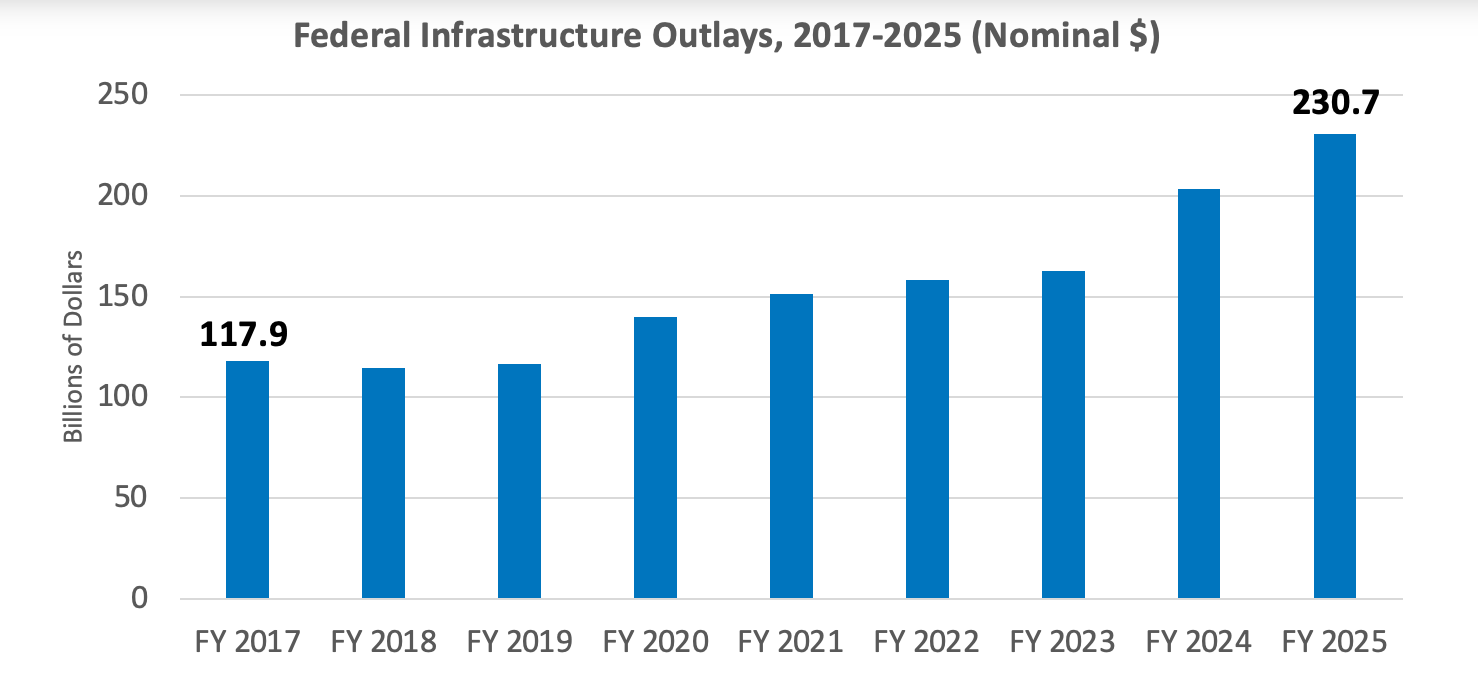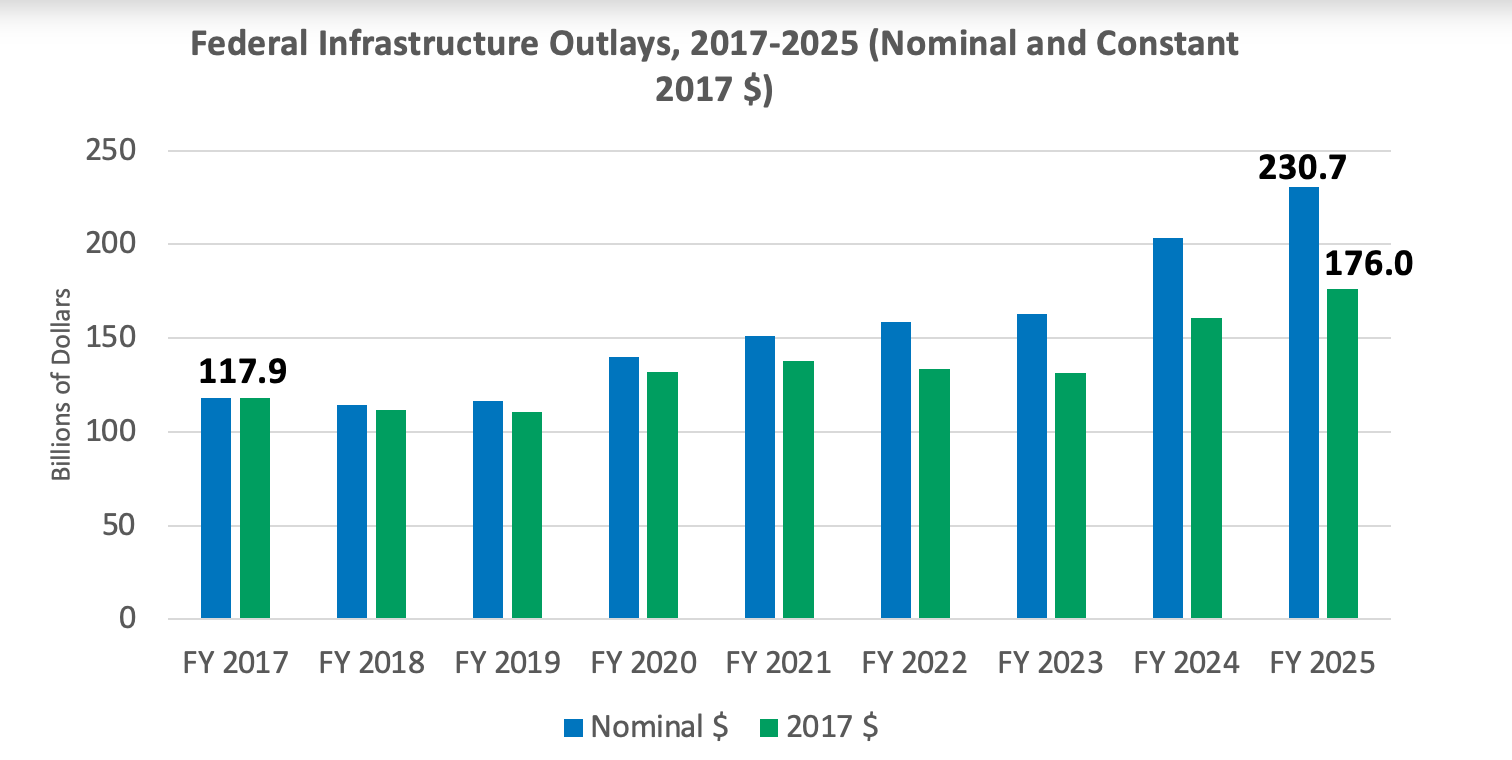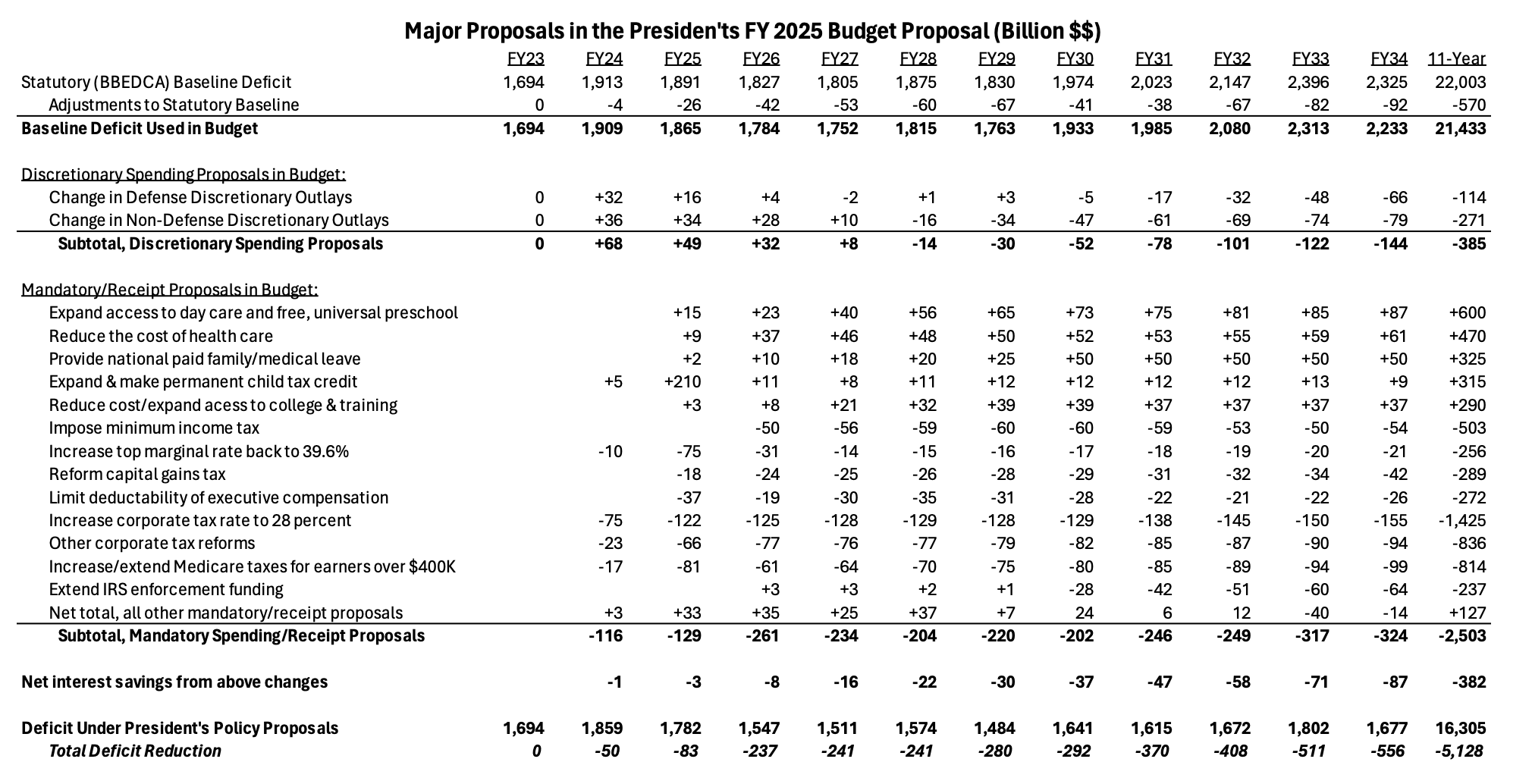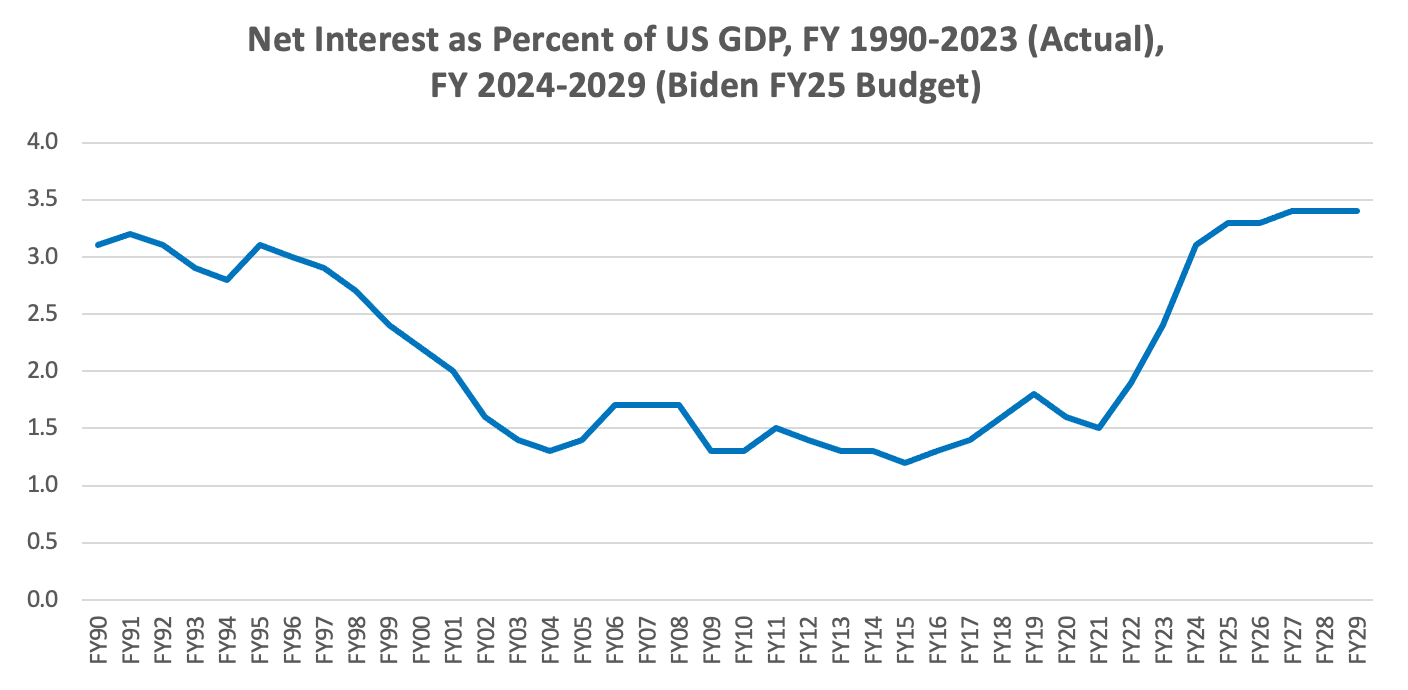The U.S Senate Commerce, Science, and Transportation Committee held a hearing on March 22 to discuss safety issues pertaining to the East Palestine train derailment. The committee heard two panels of witnesses on improving rail safety in response to the incident. You can see the witness list and testimonies here.
The Railway Safety Act 2023 (S. 576) was the main focus of the discussion with Sens. Sherrod Brown (D-OH) and J D Vance (R-OH), co-sponsors of the bill, urging the committee on the need for railway safety reforms. Brown said, “it shouldn’t take a train derailment for elected officials to put partisanship aside and work together for the people we serve and not corporations like the Norfolk Southern.” Vance added that railroad companies, which begged the government to “bail them out” of a labor dispute three months ago, can’t say that it is big government to have proper rail safety standards. Governor of Ohio Mike DeWine (R) said that Norfolk Southern has an obligation to restore the East Palestine community and emphasized on the need for railroads to provide advanced notification to state and local emergency responders about what trains are carrying.
Misti Allison, a resident of East Palestine, said that people from her community expect from Norfolk Southern (NS) concrete steps with measurable results, including short- and long-term healthcare monitoring and assistance, home value protection, and an actionable economic development plan to ensure that the community can recover.
Jennifer Homendy, Chair of the National Transportation Safety Board (NTSB), made five proposals to the committee for consideration:
- Expand the definition of high hazard flammable train (HHFT) to include a broader array of hazardous materials (hazmat). Specifically, the definition threshold of 20 loaded tank cars in a continuous block or 35 tank cars dispersed throughout a train should be eliminated.
- DOT-111 tank cars should be phased out of all hazmat service as they are not as protected as DOT-117 tank cars.
- People deserve to know what chemicals are moving through their communities and how to be safe in an emergency, including responders who deserve to be prepared. There should be access to real time information, training, equipment, and communication & planning tools.
- Audio and video recorders in the locomotive are essential for helping investigators determine the cause of the accident and make precise safety recommendations and, therefore, should be ensured.
- Resources that are desperately needed for NTSB to carry out its critical safety mission should be provided.
David Comstock, Chief of Ohio Western Reserve Joint Fire District, spoke about the need to better train and equip first responders to respond to train derailments, especially in rural areas, which lack the resources of their urban counterparts. NFPA’s survey of fire departments on operational competence showed that only 55% of personnel performing hazmat duties were certified at an operational level of competence. He also requested that the Congress pass a legislation for increasing funding to support the Pipeline and Hazardous Materials Safety Administrations’ (PHMSA) hazardous materials grants.
Clyde Whitaker, Legislative Director for Ohio State Smart-TD, said that, in his entire career, he has listened to railroads portray the image of safety first but never experienced that truth on the property. He urged the committee to move the railway safety legislation forward.
Alan Shaw, the CEO of NS, said that they are in the planning stages for establishing a long-term medical compensation fund, a property value assurance program, and a long-term water testing program. He also highlighted specific portions of the Railway Safety Act that NS would support, including more industry-funded training, improving access to accurate real-time information to first responders during an accident through the AskRail app, triennial reviews of regulations for rail car inspections, and the phaseout of older tank car models.
Three themes stood out in the discussion of the committee members, which included senators from Vermont, Michigan, Minnesota, Massachusetts, West Virginia, Illinois, Missouri, Nevada, Nebraska, New Mexico, Tennessee, Colorado, Georgia, and South Dakota.
Hotbox detectors: Sen. Ted Cruz (R-TX) questioned Shaw on why the train didn’t register an alert when the three hotbox detectors that the train passed during the derailment indicated high temperature increases between readings. The ensuing discussion pointed to the need for lower critical thresholds to register such increases and using new algorithms for trending detection. Mr. Whitaker said that the trending defect detectors typically send the information only to the headquarters offices without providing real-time information to train crews to act in time, even though such a technology is feasible. Ian Jefferies, CEO of AAR, said that the industry is focused on three things in this regard: physical deployment of 1,000 additional hotbox detectors across network, creating a new industry standard for lower critical threshold, and studying industry best practices for adopting new algorithms for trending detection.
Railroad workforce: The committee discussed the impact of reduced railroad workforce on the frequency and quality of maintenance and the associated safety impacts. Specifically, members said that 30 seconds per rail car (an industry statistic) is not sufficient time for the crew to perform inspection. Whitaker said, “safety should not have a timeline.” Further, members felt that the two-person crew would be important for ensuring safety and asked if Shaw supports this measure. In response, Shaw maintained that he is not aware of any data that links crew size with safety and that they are a data-driven organization committed to using research and technology to ensure railroads operate safely.
Emergency response: The committee stressed upon the need for industry-funded training to increase the operational competence of first responders. The AskRail application provides information of the consist of each car in an order. This can be unhelpful in the situation of a derailment, when the cars are not in the specified order. Members also stressed upon the need for training to use the application. Homendy said that the annual allocation of around $28.3 million for PHMSA Hazardous Materials Grants Program, which is currently paid for through fees collected from shippers and transporters of hazmat, should be increased. (Ed. Note: A proposal for such a funding increase, paid for by an increase in the maximum fee, was already in the President’s 2024 budget request before the East Palestine derailment.)
At the closing, Sen. Cruz said that there is bipartisan support to advance safety, but at the same time, there is an interest to protect consumers. He asked if there are specific parts of the new railway safety legislation which concerned the industry. In response, Jefferies said that, while AAR has not yet taken a position on the bill, there is a feasible path forward on every provision of the bill and an opportunity to work together to try to get to a yes.







